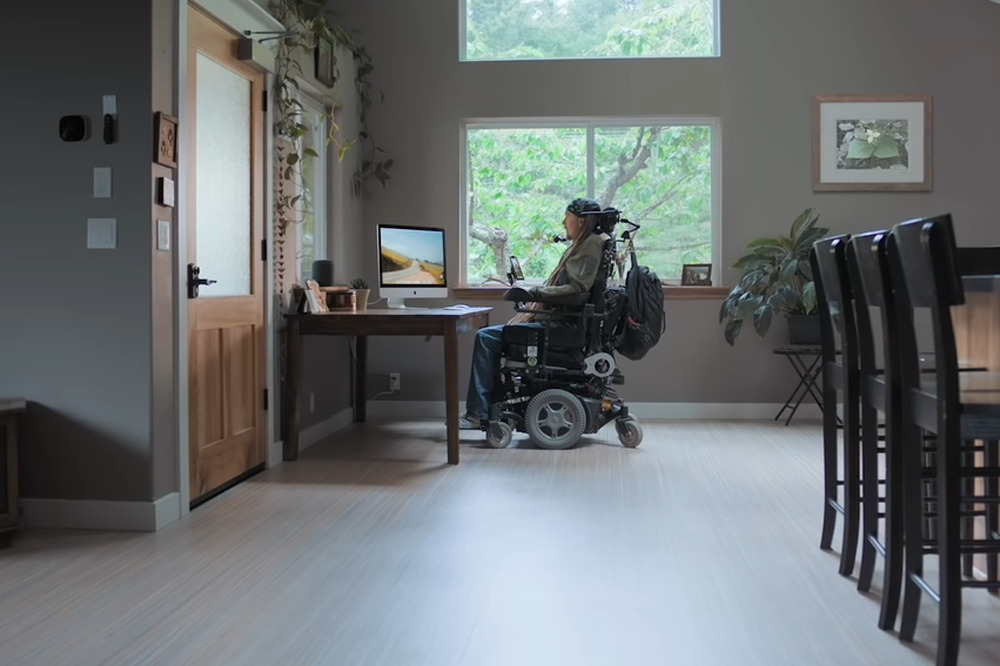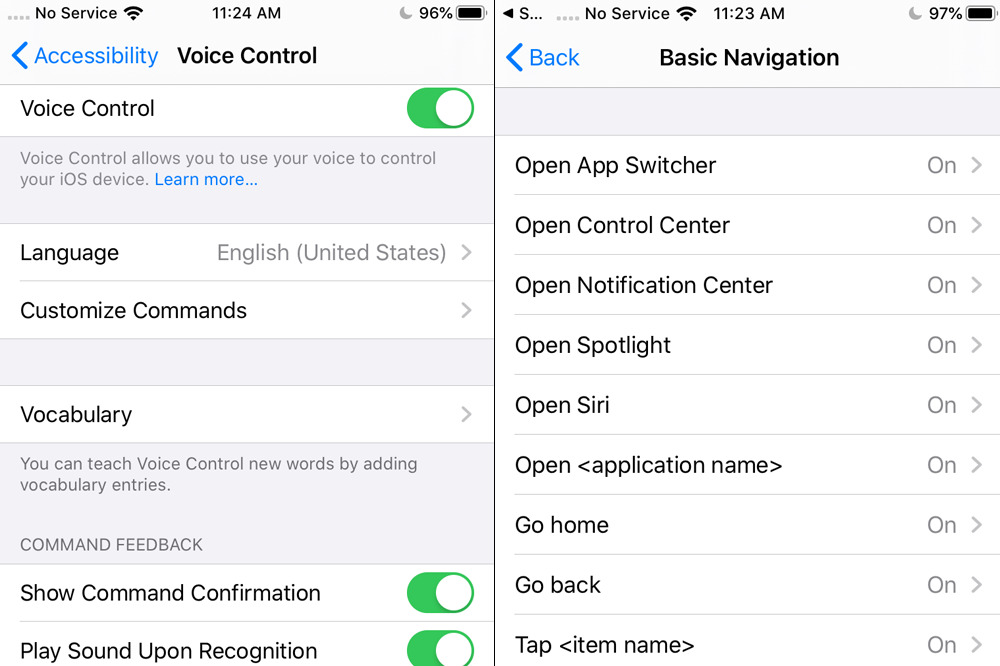Hands on with Apple's new voice control accessibility feature in iOS 13
Accessibility is getting a major upgrade in iOS 13 and macOS Catalina — adding not just the ability to use a mouse with iOS, but also granting users the ability to control their devices using only their voice.
Apple is making a push for greater accessibility with iOS 13, iPadOS 13, and Mac Catalina. In the WWDC keynote, Apple showcased a video in which Ian Mackay, a disability advocate, bike-path enthusiast, and quadriplegic, effortlessly uses his Mac and iPhone to coordinate a nature ride with a friend.
Really happy to help demonstrate the game changing power of voice control. #AppleAccessibility https://t.co/nwejA3XYbG
— Ian Mackay (@iansride2016) June 3, 2019
Understandably, people were impressed. Apple is affording people with disabilities a better way to interact with their devices. It's a big step forward for making the tech world more accessible to everyone.
With the next roll out of OSs, users will be given greater control over their devices with the addition of voice commands. Voice commands allow users who may not be able to hold a phone or type on a keyboard to do many of the same things an able-bodied user could. This includes opening and navigating apps, typing, and even pinching, tapping, zooming, and swiping.
We tried out the new accessibility features in the iOS 13 beta on an iPhone 6s.
The voice commands work quite well, though knowing what we know about Apple's current voice recognition capabilities, we weren't surprised.
There's an option to turn on visual conformation for voice commands, which flashes a small text bubble at the top of the screen before executing the command. We found this especially helpful as it allowed us to see what the iPhone was registering us saying.
There is a bit of a learning curve, especially if you have never used a voice-control setup before. It was easy to forget what some of the commands were named. Fortunately, there is a master list of commands in the Accessibility menu, allowing you to go back and see what commands are available.
Unsurprisingly, simply having the voice control on also tends to drain an iPhone battery fairly fast. We tested on an iPhone a battery that was less than 6 months old and noticed that the battery seemed to drain noticeably quicker than when the feature was off.
Overall, we were impressed with how fluidly the voice commands work in the iOS 13 beta. Other accessibility features, such as mouse support for the iPad, are also being added.
 Amber Neely
Amber Neely














 Malcolm Owen
Malcolm Owen
 William Gallagher and Mike Wuerthele
William Gallagher and Mike Wuerthele
 Christine McKee
Christine McKee
 William Gallagher
William Gallagher

 Marko Zivkovic
Marko Zivkovic









